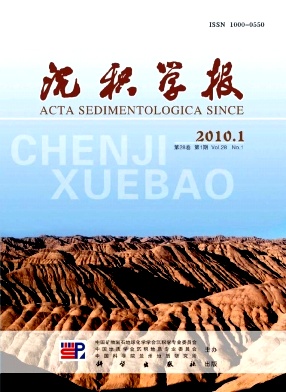Sedimentological and Climatic Significances of Yuxi Profile in Fengdu, Chongqing〖HT5SS〗
- Received Date: 1900-01-01
- Rev Recd Date: 1900-01-01
- Publish Date: 2010-02-10
-
Key words:
- Yuxi profile
Abstract: Based upon AMS14C dating (calibrated CY) and inferred dating by archaeological relics, the layers of Yuxi profile in Fengdu, Chongqing can be confirmed a basically sequential deposition during approximately 8 500~4 800 aBP. There is a sharp contrast between the underpart alternating layers consisting of siltsand and deluvium (31~10 layers) and the upper deluvium (9~3 layers), which reflects that the sediment sources and environment changed in the past. The research suggests that, the consistency of sedimental structure and curvilinear characteristics of proxy Rb and Sr indicators reveals that the difference of sediment structure of Yuxi profile is mainly related to the different climate backgrounds; the underpart alternating layers which the accumulation is thicker, the persistent period is shorter and the sedimentary rate is higher are the result of abnormal changes of hydrologic phenomena under the background of unstable climate. Further analyzing, we think that the consistency between the sedimentary structure on the macroscopic level and the proxy indicators on the microscopic level of Yuxi profile stratum reflects also that the climate of Megatherma in Holocene existed a obvious phased change in study area, namely approximately 8 500~7 200 aBP, it was at the stage of unstable climate in Megatherma; and approximately 7 200~4 800 aBP, it showed the wetwarm climatic characteristics at the peak of Megatherma, which the turning point occurred in 7 200aBP.
| Citation: | SHI Wei. Sedimentological and Climatic Significances of Yuxi Profile in Fengdu, Chongqing〖HT5SS〗[J]. Acta Sedimentologica Sinica, 2010, 28(1): 176-182. |






 DownLoad:
DownLoad: